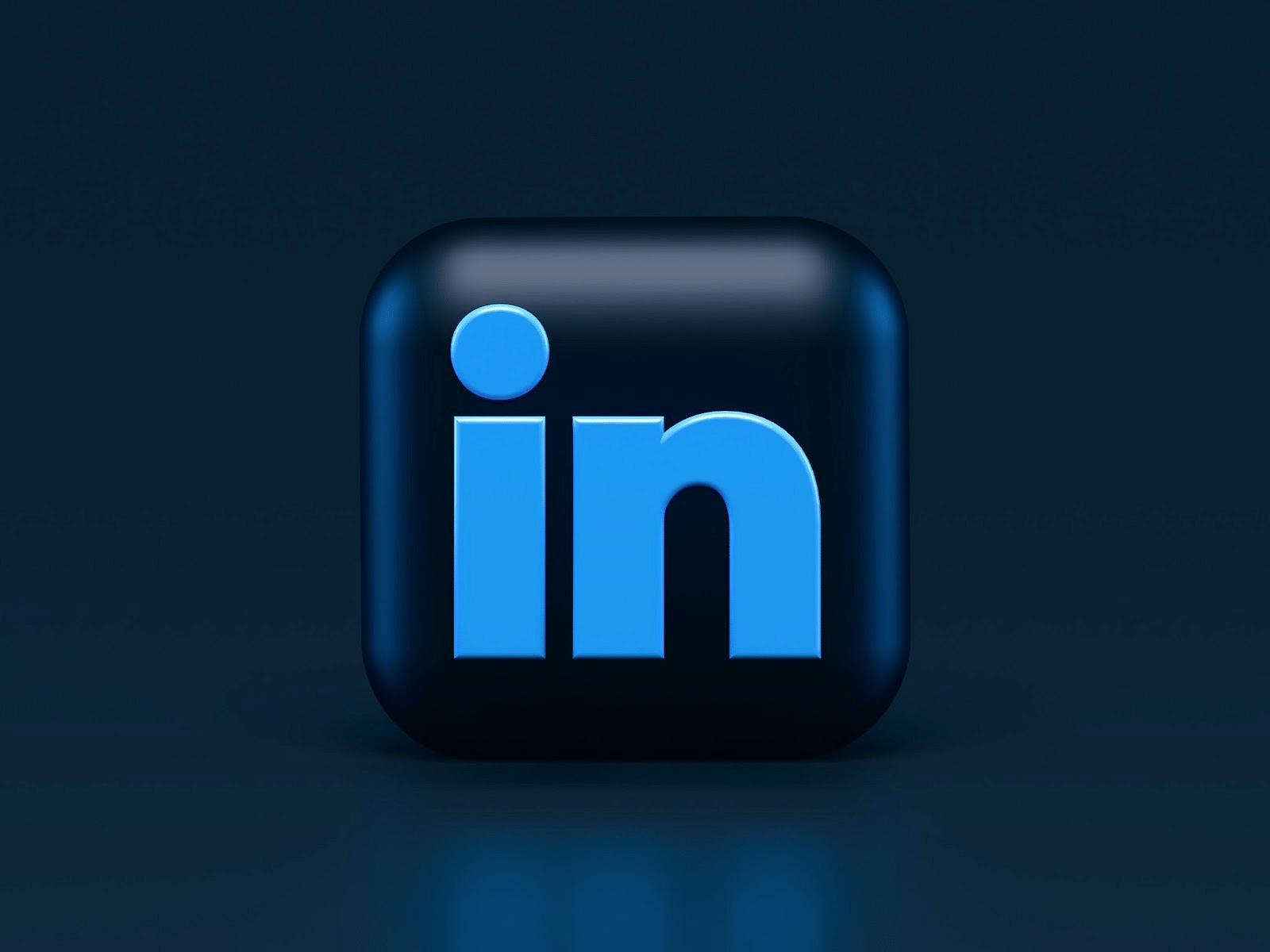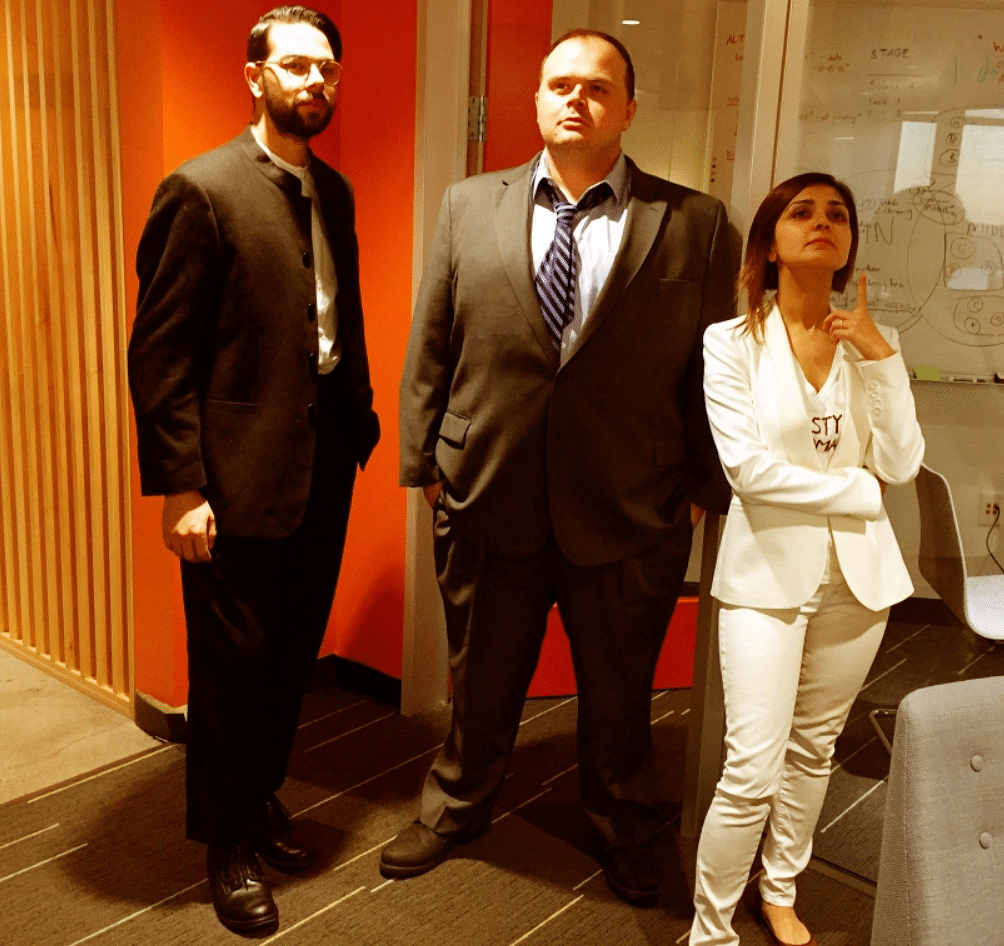
Falkon AI tapped into a very unnoticed market. Here’s how CEO and Co-Founder Mona Akmal got it recognised.
By Jim James, Founder EASTWEST PR and Host of The UnNoticed Entrepreneur.
Mona Akmal is the Chief Executive Officer (CEO) and Co-Founder of Falkon AI, and she’s raised over $20 million for her business. In the new episode of The UnNoticed Entrepreneur, she talked about how she went from being a Microsoft Project Manager to an entrepreneur with some amazing founders.
She came from Pakistan to America and is now based in Seattle. She has the immigrant story, the project manager-within-a-big company story, and the technology. During the episode, she also shared how she’s running her Artificial Intelligence (AI) business, what it solves, and how she managed to build this from nothing quickly by getting noticed.
Image from LinkedIn
What Falkon AI Does
Falkon AI is tapping into a very unnoticed market.
Software companies have been selling software in a very traditional way: Marketing is responsible for brands and lead generation, sales is responsible for selling, and customer success is responsible for making customers successful.
However, that model has stopped working. Modern selling does not work that way. Increasingly, we are giving away our products and services for free. Revenue has become a function of expansion — not about landing a big account worth a million dollars.
We’re transitioning from human-led revenue generation to insight-led one, and it requires marketing, sales, and customer success to all come together.
Falkon AI is a go-to market intelligence platform that combines the data that these teams use, unifies it, and gives them insights so that they can be the powerhouse revenue-generating engine for their companies.
Screengrab from Falkon AI
Overcoming the Status Quo
For any category-defining product, the biggest obstacle it must overcome is the status quo — it’s not another competitor.
Mona thinks of it like this: You are trying to sell to a lion that has had a thorn stuck in its paw for 10 years. Though it can actually walk on all four paws, it's forgotten that it can. It’s about helping people understand the pain that they have lived with for a very long time.
When the underlying market dynamic isn't shifting, that change is impossible. Change only happens when the market dynamic shifts.
Today, we are seeing the rise of product-led growth. We see the rise of usage-based pricing. These entirely new business models are already creating pressure on Chief Revenue Officers and sales leaders. They are being asked to operate at a scale they've never done before with a small and lean workforce.
And for Mona, the market correction happening now with technology companies is helping Falkon’s case.
How they at Falkon have managed to convince or create a market for them is one classic crossing-the-chasm and betting-on-early-adopters story.
They don't need every customer out there to be a strategic visionary; they need their first 20 customers to be people who can see where their technology is going. To find them, they need to identify the watering holes of these strategic modern revenue leaders — and those are micro-communities. Then, they lead with thought leadership and deliver value through content.
Half of Mona’s team are formerly Dropbox people. And Dropbox was the canonical product-led growth company. Being able to share their experiences of having built these modern systems before — the benefits they accrue and how different the world can be if we change our mindset — is the story that Falkon has been telling.
Reaching Out to Prospective Customers
Falkon sells to sales and revenue leaders, and LinkedIn is a very active place for them. Many of them have personal brands on the platform.
Image from Unsplash
They start engaging to target customers on LinkedIn by following them and then starting a conversation, e.g., commenting and sharing an opinion on something they’ve posted. They then turn that into a direct conversation and invite them to join Falkon’s micro-community of thought partners and leaders that they are excited to converse with
Similarly, they also ask these people what communities they are in, where they're getting a lot of value, and where they’re finding other people like themselves.
There’s really not one tactic. It's more about seeking those humans out online (predominantly on LinkedIn, in Falkon’s case). It’s about building relationships with them and then learning through them where other people like them are.
To personally reach out to many people on LinkedIn (a platform with 875 million users as of writing), Mona has had to change her own workday to create time for such a task. She knows that these people are amplifiers.
For instance, she found Sid Kumar, the Senior Vice President of HubSpot’s Revenue Operations, on LinkedIn. She thoroughly enjoyed his point of view on Strategic Revenue Operations. So she personally reached out to him and started a discussion. He then became an advisor. He is an amplifier because he has access to a hundred other Strategic Revenue Operations leaders, which means Mona doesn't have to reach out to 101 people — she just needs to reach out to one.
If you can activate one node in the network, then you can get access to a hundred other nodes. It amplifies quickly. And this is much like the cascade theory: It’s about finding people in the node, and once they're convinced of what you are doing, they'll give you access to their networks.
How Falkon AI Flew up to Speed to Get Noticed
There's not just one technique for building a brand. It’s a few things.
For Falkon, first, Mona works with a public relations (PR) agency that is helping her get out there and have conversations to talk about issues that are pertinent to the company and their customers — both existing and prospective.
Image from Freepik
Second, they have a social influencer program, where they have a hundred social influencers who are working with them; each one of them has 10,000 to 100,000 followers who are their target market. When these influencers post things related to the topics that Falkon cares about, Falkon can access a million of the most relevant people. It's a multi-pronged strategy. It's not just one influencer — it's literally a hundred micro-influencers and their networks.
Third, they engage in all the relevant channels around. They boost their paid social on LinkedIn. They are focused on developing high-value content that is bite-sized and shareable. They’re also exploring TikTok and being a thought leader in terms of TikTok content for the topics that are, again, pertinent to Falkon.
In the same way they’re approaching multiple silos from a revenue point of view, they’re also creating integration between the silos of communication and content.
Mona’s Entrepreneurial Journey
Mona, a first-time founder, has managed to raise $20 million, a phenomenal achievement for a relatively young company.
Originally from Pakistan, she worked for big companies but didn’t have a track record as an entrepreneur. But when she left Microsoft about ten years ago, she knew she wanted to start her own company. At the same time, she was aware of all the challenges and obstacles that would be in the way.
Honestly speaking, the biggest obstacle was being completely unknown — she didn't know anyone in the startup world. It was a big hurdle because early-stage investing is especially about feeling confident about the founder and the market. Nobody cares what your actual idea is. They're betting on you.
Most people think that her journey with Falkon started in 2020, but it was actually in 2012, when she decided to become a known entity.
She put herself through CEO school. She worked for three very different CEOs, building three very different companies, and became deeply entrenched in the startup community. She met a lot of investors through those three jobs and ended up being in board meetings. Though she was not known as an entrepreneur, she was known as the second-in-command.
This is how she went from being some random Microsoft employee to a known entity in the startup world.
As for the journey of finally becoming an entrepreneur, she spent a lot of time building relationships with investors, reading their thesis, and understanding their unit economics.
She knows she doesn’t look like a high-tech founder. She’s a small brown woman who’s not from the US. She’s neither a tall Asian man nor she is a skinny white man. She doesn't fit the pattern. So it was very important for her to be ten times better than the average founder out there. She was willing to do the work because she needed to reduce the anxiety and the fear associated with betting on people who don't look like your stereotype of success.
Image from monaakmal.com
Where Falkon Currently Is
For Mona, Falkon is still at the very early stage of their journey. They have revenue. They have 17 excellent customer brands like Redis Labs and Zendesk. Going from 20 to 100 customers and 100 to 1,000 customers is an entirely different ballgame.
Personally, here’s what she does: Instead of leading through direct ownership, she leads through hiring leaders. In fact, they just hired their Chief Marketing Officer.
As a founder, in the first innings, your job is just to barely get to a point where you can hire the experts to do their job (She recognises that she’s not a marketer or a salesperson). It’s about predominantly betting on leaders that have done this before — that have built category-defining companies before — and relying on their excellence and leading them. You lead them by providing a clear vision, enough capital, and a runway so that they can be effective in their jobs.
On Objectives and Key Results
External communication isn’t going to be sustainable in terms of generating leads if the organisation doesn't keep pace with what you are creating in terms of market demands.
Mona feels blessed that she started a company when she was 40. She had already spent 20 years in the industry and run teams that have grown 500% before. And for her, transitioning into leading through people — as opposed to having direct ownership — involves using OKRs or Objectives and Key Results.
At Falkon, they set quarterly objectives for the company. It’s her job to set no more than three objectives. And then every leader at the company is responsible for defining key results. These key results must be quantifiable and measurable so that they’re not debating the definition of success.
Then, they track those key results and their progress every two weeks at the company level. By doing this, everyone will be clear on whether they are making progress. If they’re not making progress, they will identify what they’re going to do differently in the succeeding two weeks for them to be in a better position before they do their checking again.
Image from Freepik
Mona also tends to be a very tool-light person. Currently, their marketing team uses Notion whilst their engineering team uses Trello. On the other hand, their customer success team uses Spreadsheet.
She wants people to pick tools that make them comfortable. But when it is about company-level objectives and key results, they use the simplest common tool everyone knows how to use: Google Sheets.
A Word for Fellow Entrepreneurs
As an early-stage entrepreneur, there is no difference between your brand and your company's brand. For the first five years of your company's life, people are buying you as much as they're buying your software.
If you’re a founder, you must understand the unique values and elements of your personality that come through into your personal and your company's brand. Know what those are and double down on them. However, they can't be more than three because otherwise, you get a confused brand.
The key also lies in consistently communicating those three key messages that you are uniquely suited for.
Lastly, you have to think about where you need to communicate and who you are communicating with. Often, entrepreneurs focus on what they are saying and less on whether they’re saying it on the right platform. In Falkon’s case, LinkedIn is the best platform because everyone they’re trying to speak to is there and is very active there.
Like them, you must figure out what your watering hole is.
This article is based on a transcript from my podcast The UnNoticed Entrepreneur, you can listen here.
Cover image by freepik on Freepik







